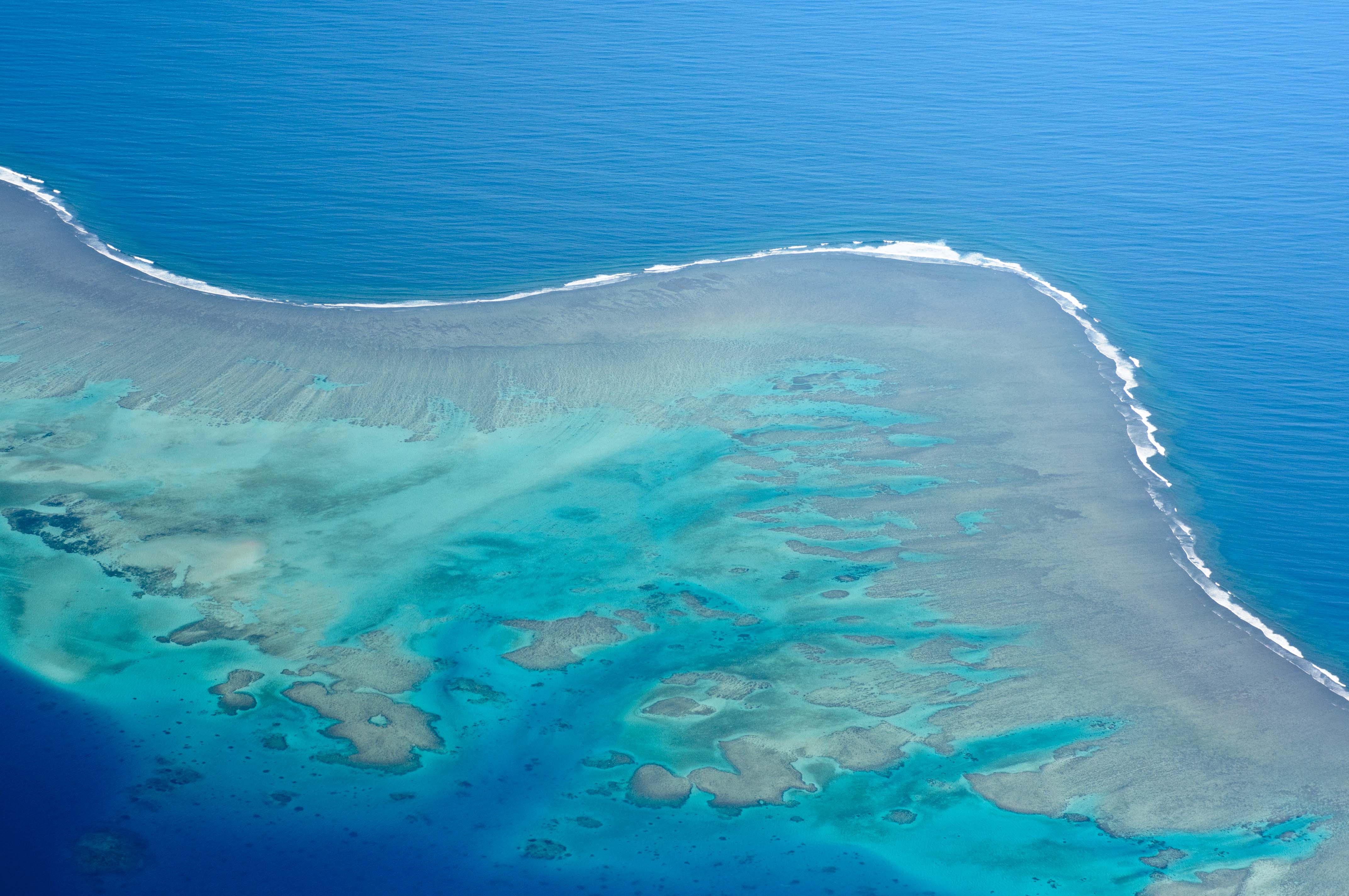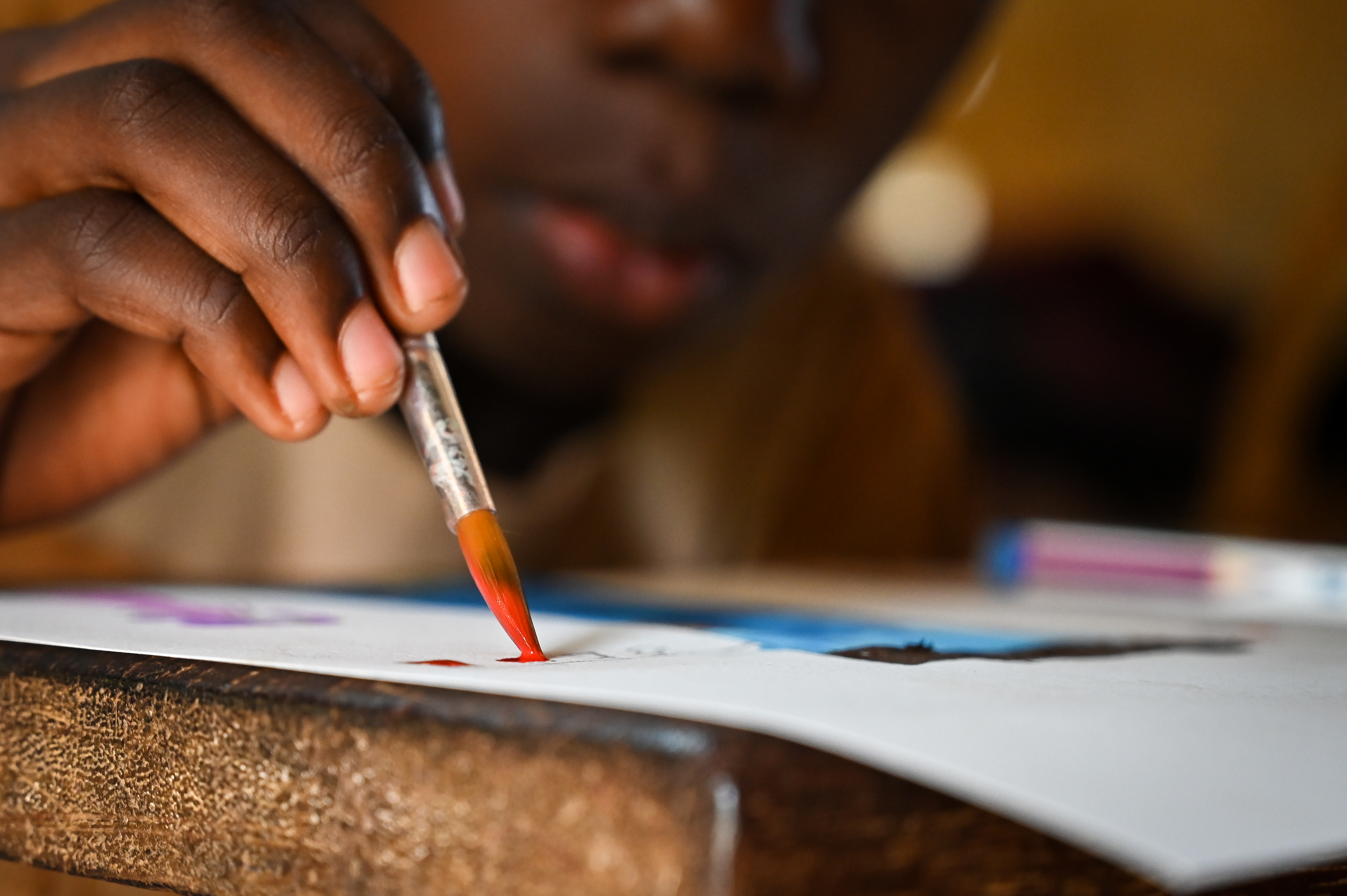Piovano Susanna

Susanna Piovano

Membre associé
Marine Studies
I conduct research primarily on marine megafauna – ranging from sea turtles to sharks and bony fishes – and the shallow waters that provide them habitats. I am also interested in marine management and conservation, including: – interactions between animals and the biotic and abiotic factors that drive changes in their communities; – effects of pollution and environmental stressors on the behavioral ecology of aquatic animals; – incidental captures in marine fisheries.
Adresse professionnelle : School of Agriculture, Geography, Environment, Ocean and Natural Sciences (SAGEONS) University of the South Pacific (USP)
E-mail : susanna.piovano@ird.fr
Téléphone :
Les projets de Susanna Piovano

Programmes et actions de recherche en cours
I am a marine conservation biologist whose research revolves primarily on ecology and conservation of marine megafauna and the shallow waters that provide them habitats. In the different roles of Project Leader, Supervisor/Co-Supervisor, or Team Member, I often preferred interdisciplinary (within natural science) or transdisciplinary (based on marine biology and social science) approaches.
Since 2013, I geographically focused on Fiji and the South Pacific.
a) Population ecology and dynamics: an interdisciplinary approach to assess how migratory species listed as Threatened in the IUCN Red List use Fiji’s coastal habitats
I focused on two species of marine reptiles and two species of fishes classified as threatened in the IUCN Red List; i.e., the Critically Endangered hawksbill turtle, the Endangered green turtle, the Critically Endangered scalloped hammerhead shark, and the Vulnerable bull shark.
We assessed the temporal and spatial distribution, population structure, and reproductive biology of the two selected shark species by performing either multi-year fisheries-independent field surveys (see Marie et al., 2017, on scalloped hammerhead shark) or a combination of multi-year fisheries-independent field surveys and fisheries-dependent data (see Glaus et al., 2019, on bull shark). For sea turtles, we estimated the recruitment pattern by using a combination of multi-year capture-mark-recapture surveys and stable isotope analysis (see Piovano et al., 2020, on green turtle), and multi-year observation data from beach surveys to assess temporal and spatial distribution of nests (see Prakash et al., 2020, on hawksbill turtle). We further assessed mating system and operational sex ratio (OSR), which ultimately influence demography, by using genomewide single nucleotide polymorphism (SNP) genetic markers – a novel study that demonstrated that genome-wide SNP genotyping approaches can be used to infer OSR in sea turtles (see Prakash et al., 2022, on hawksbill turtle).
We investigated sea turtles regional connectivity by using molecular markers (mtDNA) on samples from wild ranging individuals captured and released in situ via multi-year capture-mark-recapture (see Piovano et al., 2019, on green turtle), and used genetic diversity (mtDNA) and intraspecific morphology to assess the population genetic structure and morphological variation at broader scale level (see Álvarez-Varas et al., 2021, on green turtle).
b) Anthropogenic impact and its perception: a transdisciplinary approach built on marine science and social science to assess resource use and investigate the multiple human impacts on the environment, particularly fishing activities, pollution, and climate change
We investigated the socio-economic drivers of Fiji's shark fisheries and assessed fishers’ attitudes towards the importance of sharks for food security and income generation by using semi-structured interviews and questionnaires (see Glaus et al., 2019, on Fiji’s shark fisheries).
We investigated how two Fijian communities of traditional turtle hunters cope with written law policies and unwritten customary rules (parallel systems) and explored the integration of traditional knowledge with conservation and management of sea turtles (see Kitolelei et al., 2022, on Denimanu village and Qoma village).
We investigated and documented Indigenous and Traditional Knowledge of marine resources and the associated fishers’ spatial use of customary fishing grounds combining Participatory Geographic Information Systems with ethnography (participant observation, informal interviews, informal conversation, and focus group discussions) while using a sex-generational perspective (see Kitolelei et al., 2022, on Qoma village).
Collaborations scientifiques
Thèses en cours
Les projets de Susanna Piovano

Programmes et actions de recherche en cours
I am a marine conservation biologist whose research revolves primarily on ecology and conservation of marine megafauna and the shallow waters that provide them habitats. In the different roles of Project Leader, Supervisor/Co-Supervisor, or Team Member, I often preferred interdisciplinary (within natural science) or transdisciplinary (based on marine biology and social science) approaches.
Since 2013, I geographically focused on Fiji and the South Pacific.
a) Population ecology and dynamics: an interdisciplinary approach to assess how migratory species listed as Threatened in the IUCN Red List use Fiji’s coastal habitats
I focused on two species of marine reptiles and two species of fishes classified as threatened in the IUCN Red List; i.e., the Critically Endangered hawksbill turtle, the Endangered green turtle, the Critically Endangered scalloped hammerhead shark, and the Vulnerable bull shark.
We assessed the temporal and spatial distribution, population structure, and reproductive biology of the two selected shark species by performing either multi-year fisheries-independent field surveys (see Marie et al., 2017, on scalloped hammerhead shark) or a combination of multi-year fisheries-independent field surveys and fisheries-dependent data (see Glaus et al., 2019, on bull shark). For sea turtles, we estimated the recruitment pattern by using a combination of multi-year capture-mark-recapture surveys and stable isotope analysis (see Piovano et al., 2020, on green turtle), and multi-year observation data from beach surveys to assess temporal and spatial distribution of nests (see Prakash et al., 2020, on hawksbill turtle). We further assessed mating system and operational sex ratio (OSR), which ultimately influence demography, by using genomewide single nucleotide polymorphism (SNP) genetic markers – a novel study that demonstrated that genome-wide SNP genotyping approaches can be used to infer OSR in sea turtles (see Prakash et al., 2022, on hawksbill turtle).
We investigated sea turtles regional connectivity by using molecular markers (mtDNA) on samples from wild ranging individuals captured and released in situ via multi-year capture-mark-recapture (see Piovano et al., 2019, on green turtle), and used genetic diversity (mtDNA) and intraspecific morphology to assess the population genetic structure and morphological variation at broader scale level (see Álvarez-Varas et al., 2021, on green turtle).
b) Anthropogenic impact and its perception: a transdisciplinary approach built on marine science and social science to assess resource use and investigate the multiple human impacts on the environment, particularly fishing activities, pollution, and climate change
We investigated the socio-economic drivers of Fiji's shark fisheries and assessed fishers’ attitudes towards the importance of sharks for food security and income generation by using semi-structured interviews and questionnaires (see Glaus et al., 2019, on Fiji’s shark fisheries).
We investigated how two Fijian communities of traditional turtle hunters cope with written law policies and unwritten customary rules (parallel systems) and explored the integration of traditional knowledge with conservation and management of sea turtles (see Kitolelei et al., 2022, on Denimanu village and Qoma village).
We investigated and documented Indigenous and Traditional Knowledge of marine resources and the associated fishers’ spatial use of customary fishing grounds combining Participatory Geographic Information Systems with ethnography (participant observation, informal interviews, informal conversation, and focus group discussions) while using a sex-generational perspective (see Kitolelei et al., 2022, on Qoma village).
Collaborations scientifiques
Thèses en cours

Publications récentes
In collaboration with SENS
Breckwoldt, A, A Nozik, N Moosdorf, J Bierwirth, E Fache, S Ferse, A Ford, S Mangubhai, D Pelletier & S Piovano. 2022. A typology for reef passages. Frontiers in Marine Science 9: 786125.
Fache, E, S Piovano, A Soderberg, M Tuiono, L Riera, G David, M Kowasch, S Pauwels, A Breckwoldt, SM Carrière & C Sabinot. 2022. “Draw the sea…”: Children’s representations of ocean connectivity in Fiji and New Caledonia. Ambio 51: 2445-2458.
Nozik, A, A Breckwoldt, R Becker, E Fache & S Piovano. 2022. Typology approach from visual interpretation of satellite imagery for reef passages around 9 South Pacific islands. PANGAEA, https://doi.org/10.1594/PANGAEA.942568.